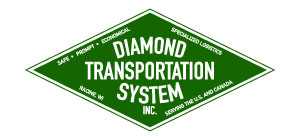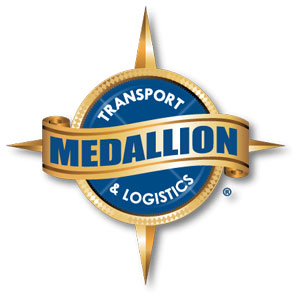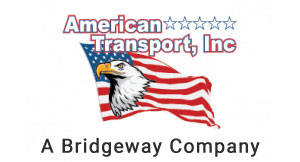How the Professionals Prepare for Heavy Equipment Transport in Denver, CO
If you have oversized pieces of machinery or equipment that need to be moved across a long distance, you might consider hiring a specialized hauling company for the job. After all, transporting heavy equipment without experience can be nerve-racking and unsafe. To help you get a better understanding of what goes into this type of hauling, let’s take a look at how the professionals prepare for heavy equipment transport in Denver, CO.
Choose a trailer
Not just any trailer can be used to haul large equipment. Whether the load is construction equipment or farm machinery, one of the first steps is to select the right trailer for the job. Using the right trailer ensures a good fit for the haul, which is important when preparing the equipment.
The height of the trailer is crucial. Let’s say the equipment is on a flatbed, about five feet off the ground, or maybe a little less. Step-deck trailers and lowboy trailers are also popular for hauling. The space between the ground and trailer is included in the total clearance that’s allowed by law (13.5 feet in most states), which leaves about 8.5 to 10.5 feet in height for the equipment.
Know dimensional regulations
Some of the biggest pieces of construction equipment have to travel on trailers designated as wide loads, such as excavators, cranes, graders, scrapers and bulldozers. Some attachments may be removed and shipped or hauled separately to avoid traveling as an oversize load. Here are a few tips for avoiding wide load designation:
- Too tall: Pieces of equipment that are over the height limit can still travel, but only after attachments are removed. Removing parts like buckets and wheels is a good call to avoid being labeled a wide load.
- Too heavy: Although certain trailers are designed to haul heavy equipment, some equipment is simply too heavy or big for safe road transport. In such cases, the body may be shipped separately from attachments to reduce weight.
- Too wide: If the construction equipment runs on tracks (not tires) and is too wide to fit on the trailer, the call might be made to remove the tracks.
- Too long: Most states allow equipment up to 53 feet in length. If it’s longer, it might need some of its attachments retracted or removed.
Prepare for transport
After wrapping the more delicate components—such as knobs, levers and gauges—it’s time to prepare the bulk of the equipment for transport. Here’s how the pros get equipment ready:
- Cover stacks: Cover stacks or the entire machine to keep debris from getting down inside smokestacks.
- Secure the doors: Close and latch all the doors on equipment to keep them from opening during travel. Use zip ties or other tie-downs if latches are not cooperating.
- Unhook batteries: It’s important to disconnect the battery before transport. This ensures that the battery is good to go (and not drained) upon arrival.
For more information about oversize load transport or heavy equipment hauling in Denver, CO, contact the team of professionals at Osage Specialized Transport. Call us to schedule a transport service today!















